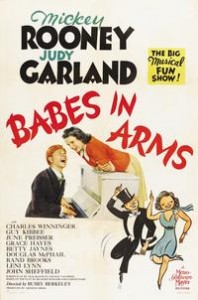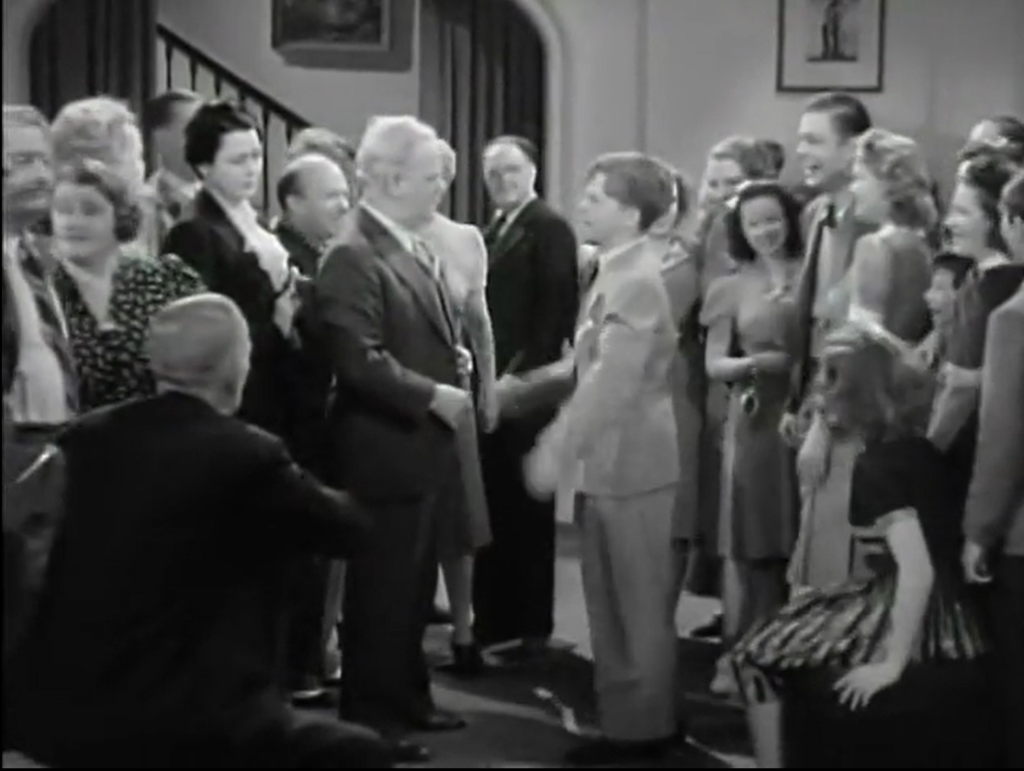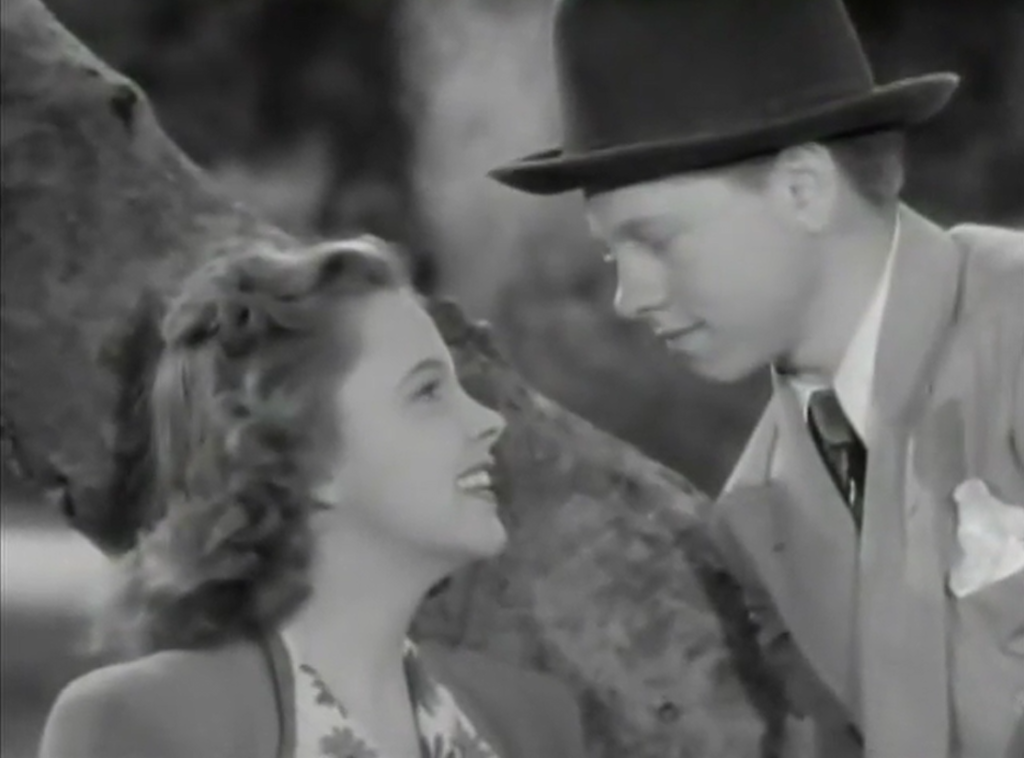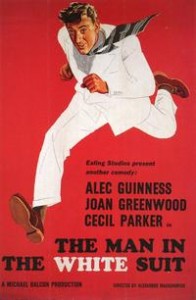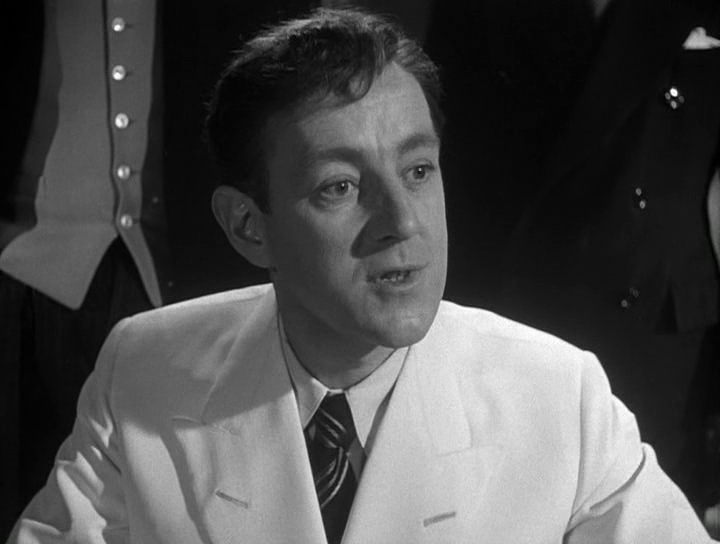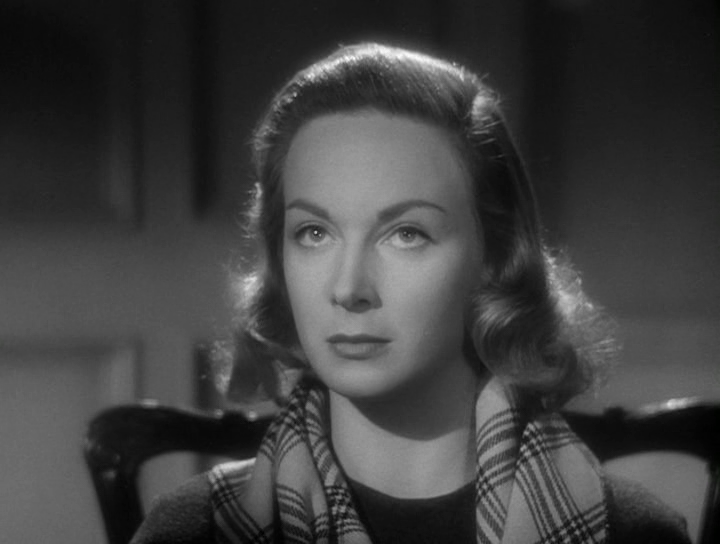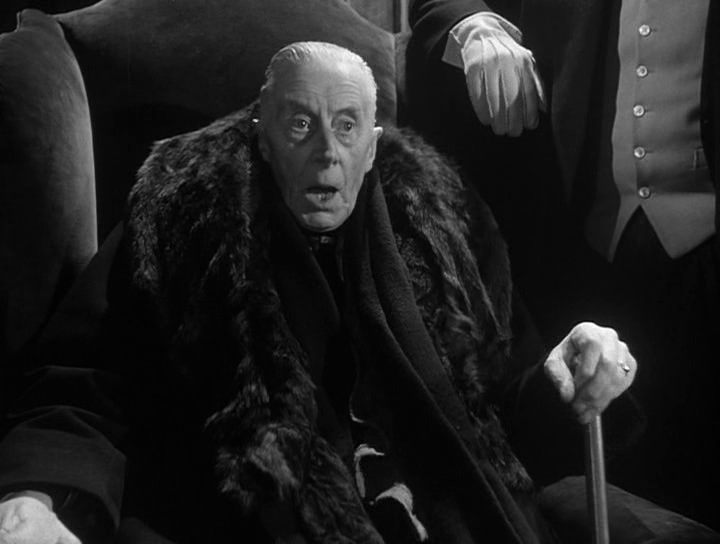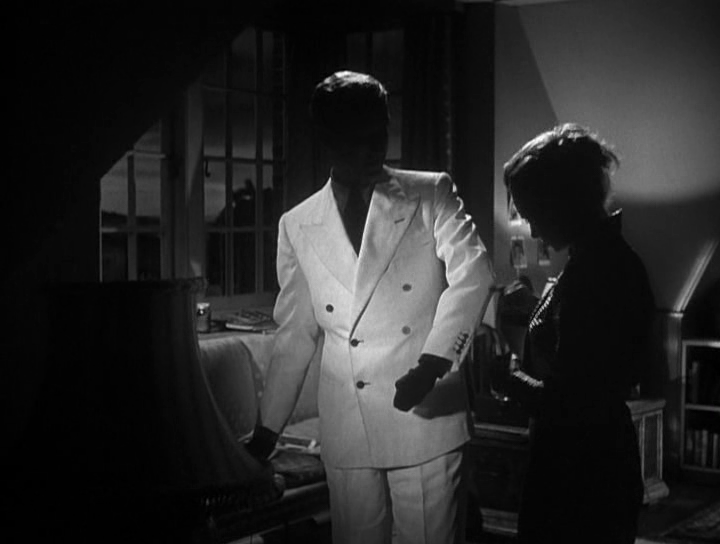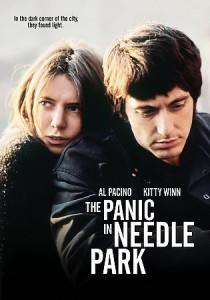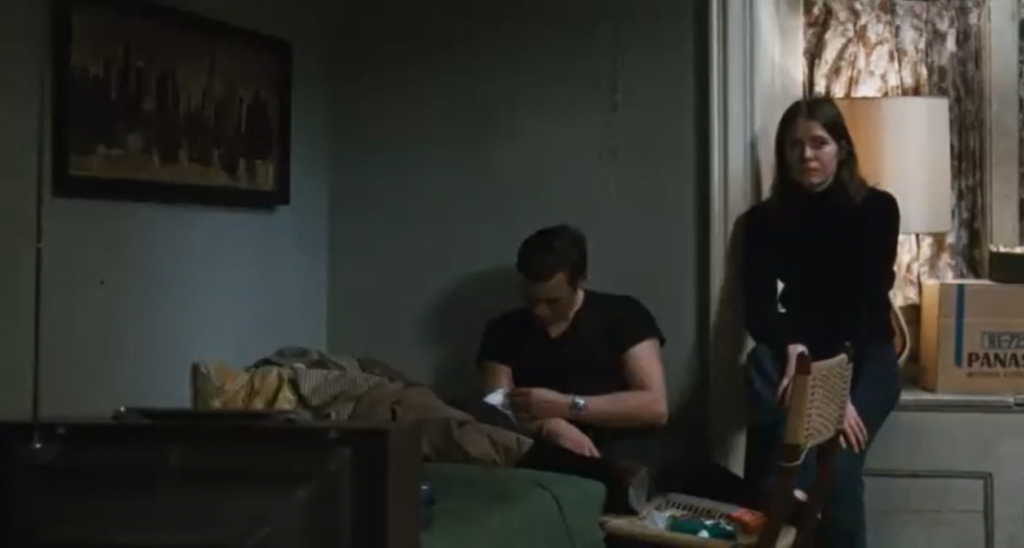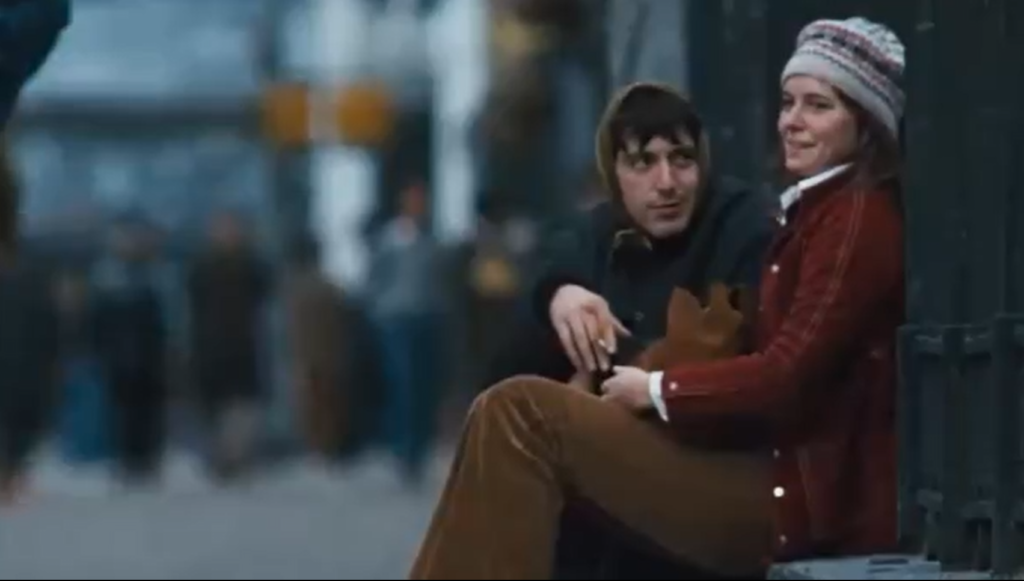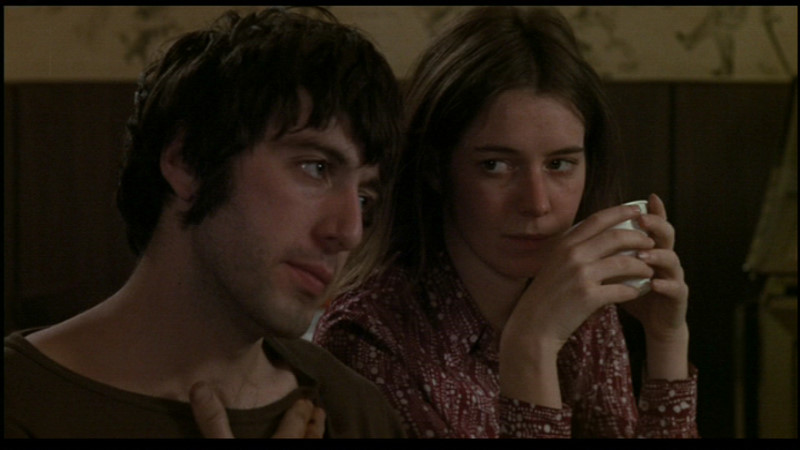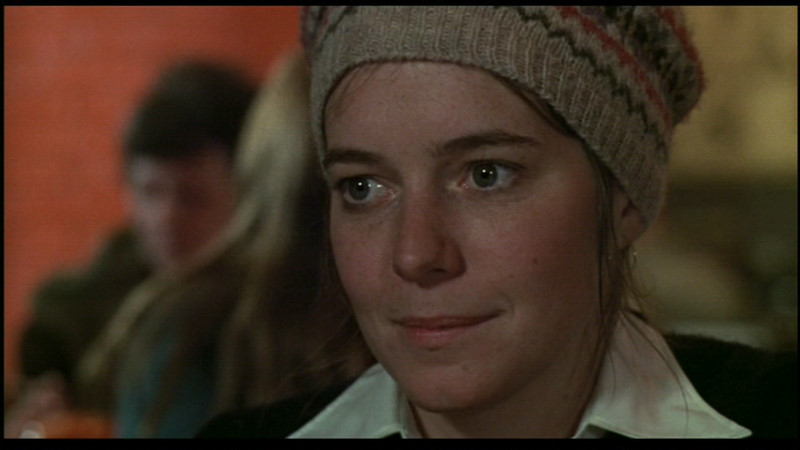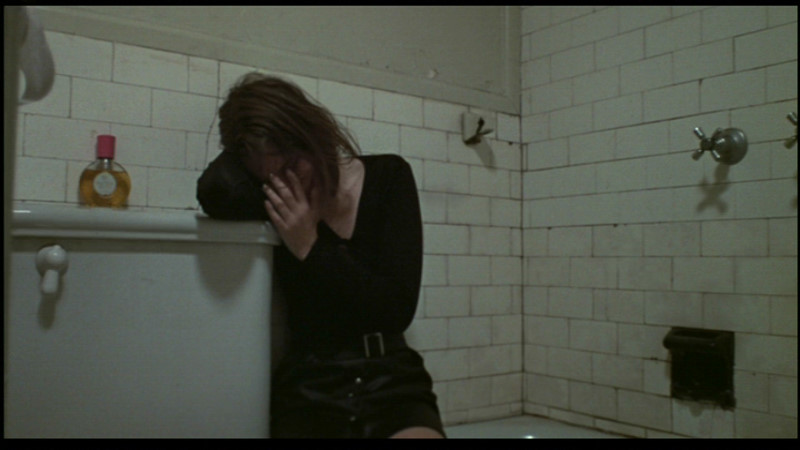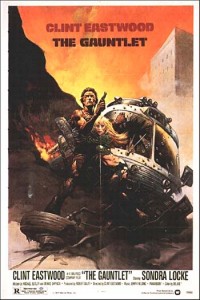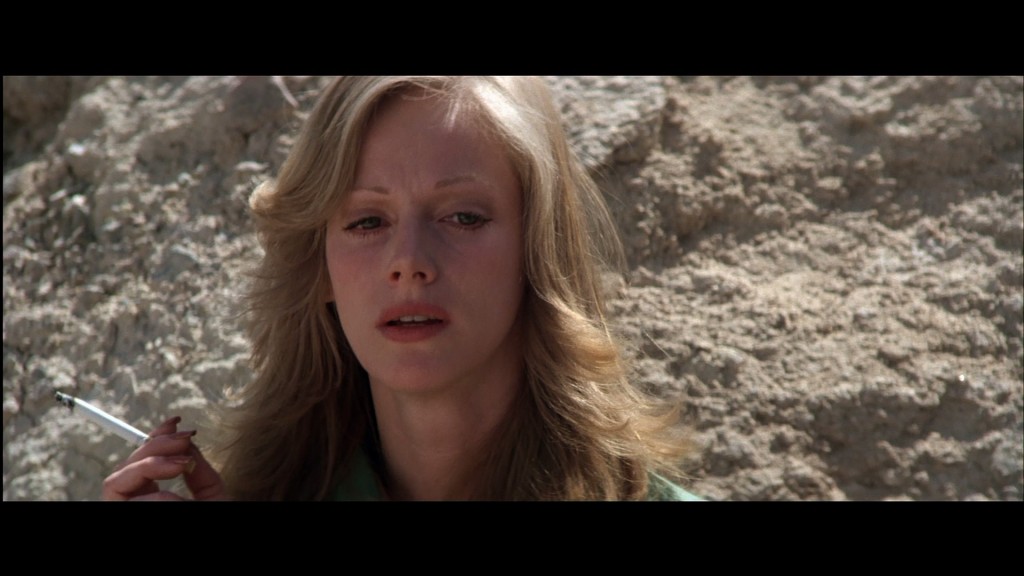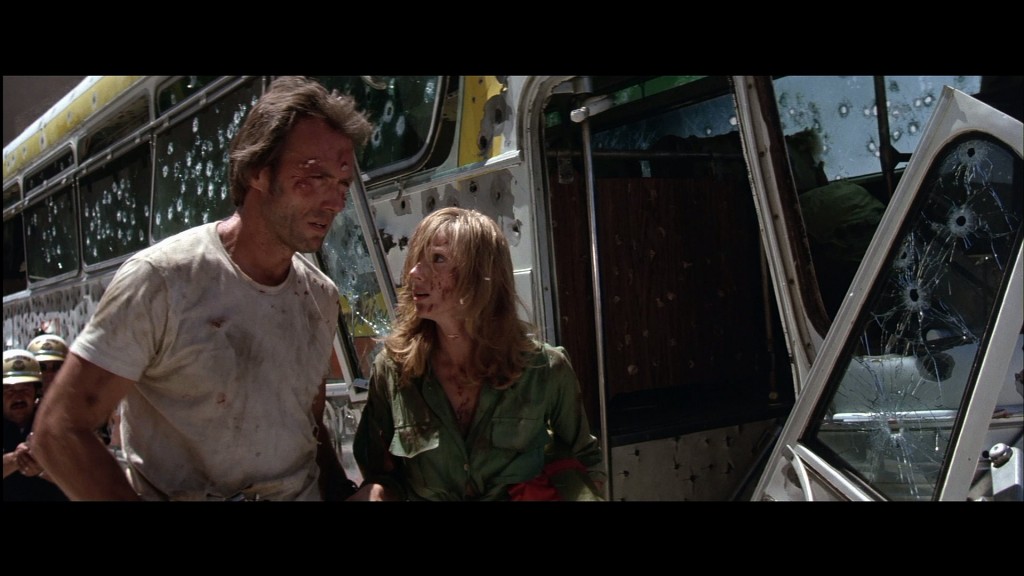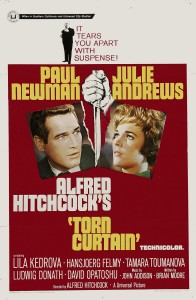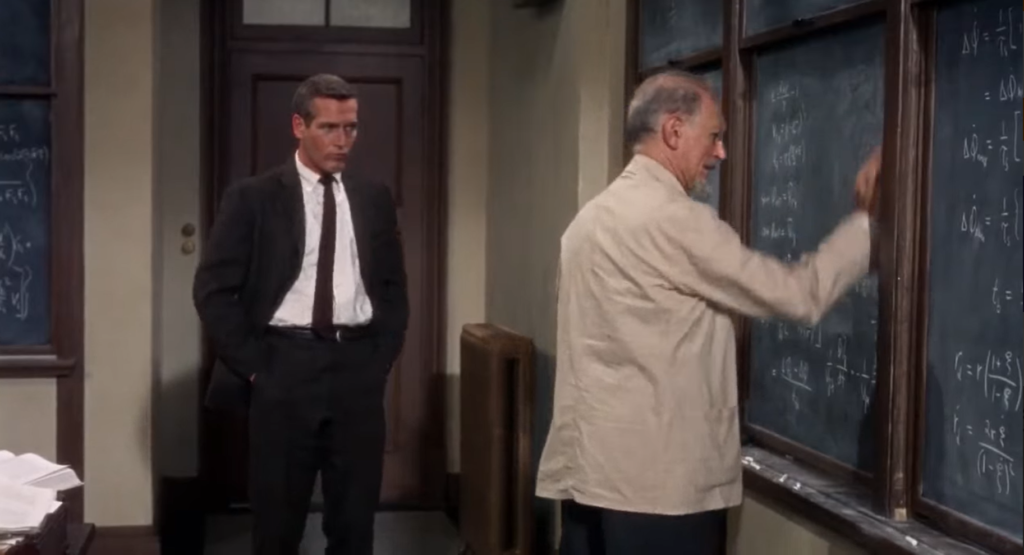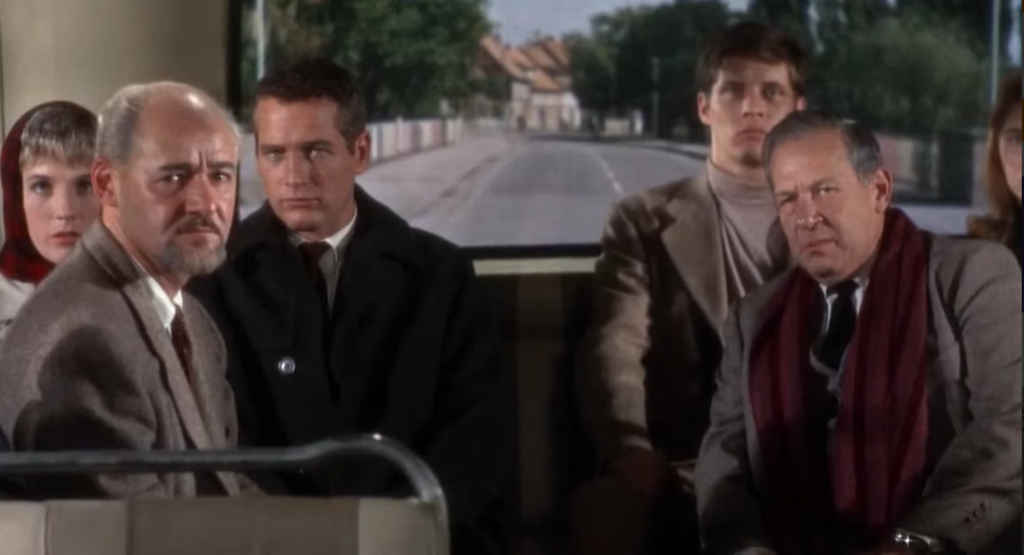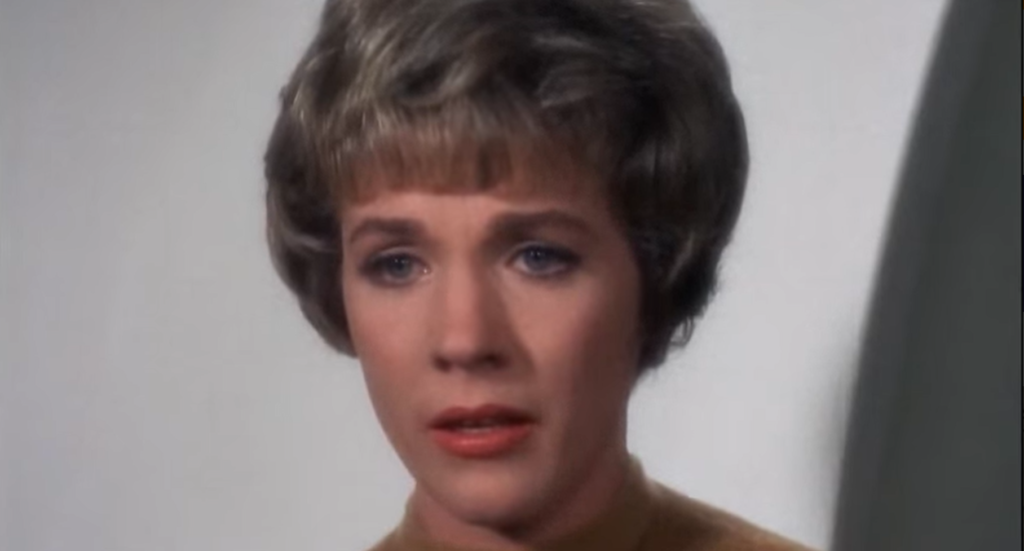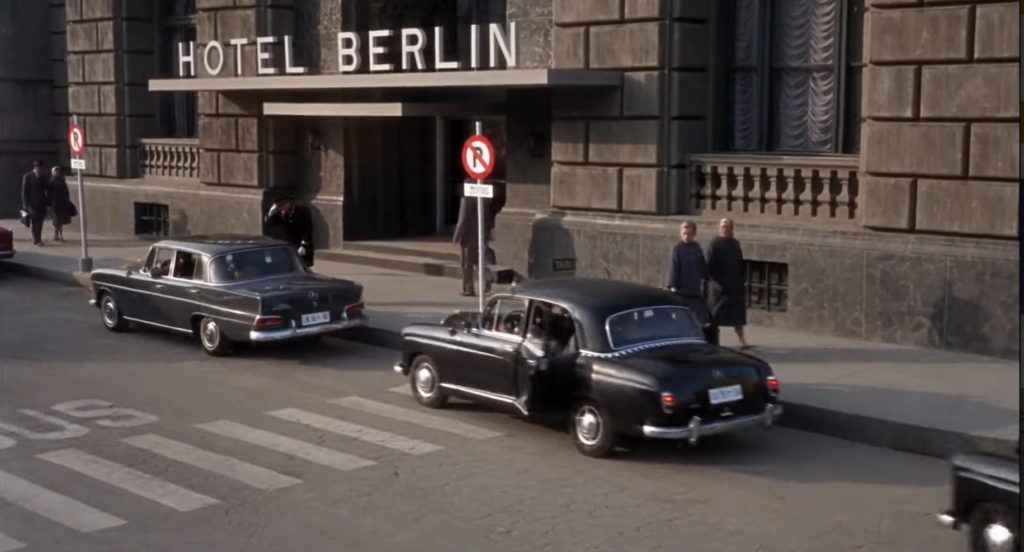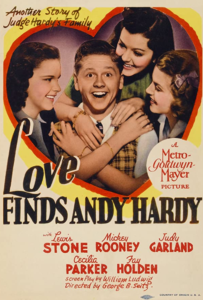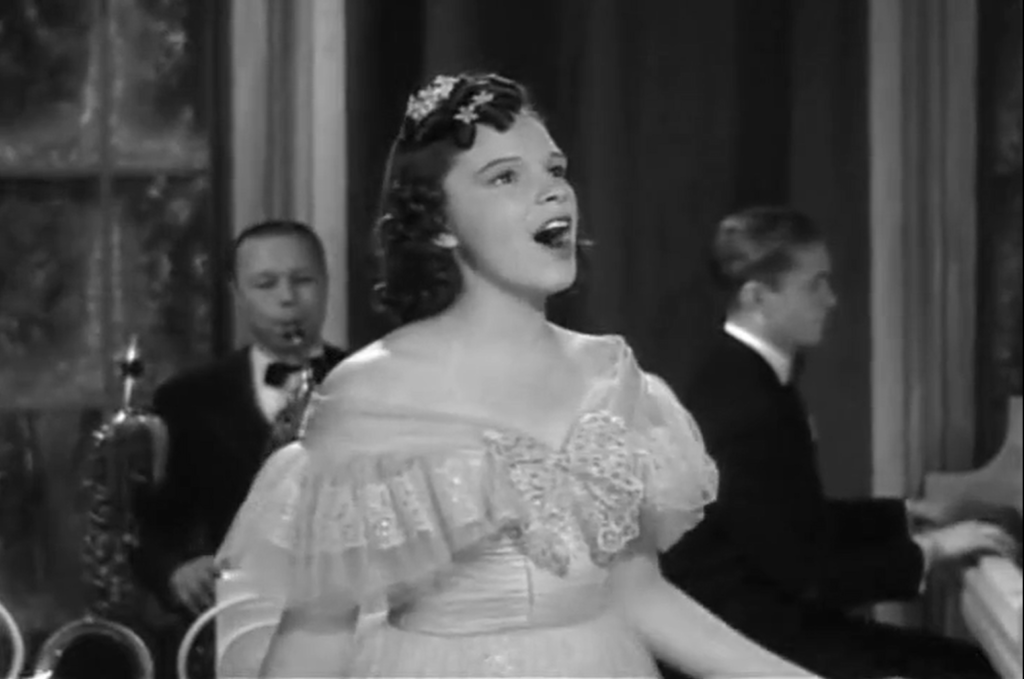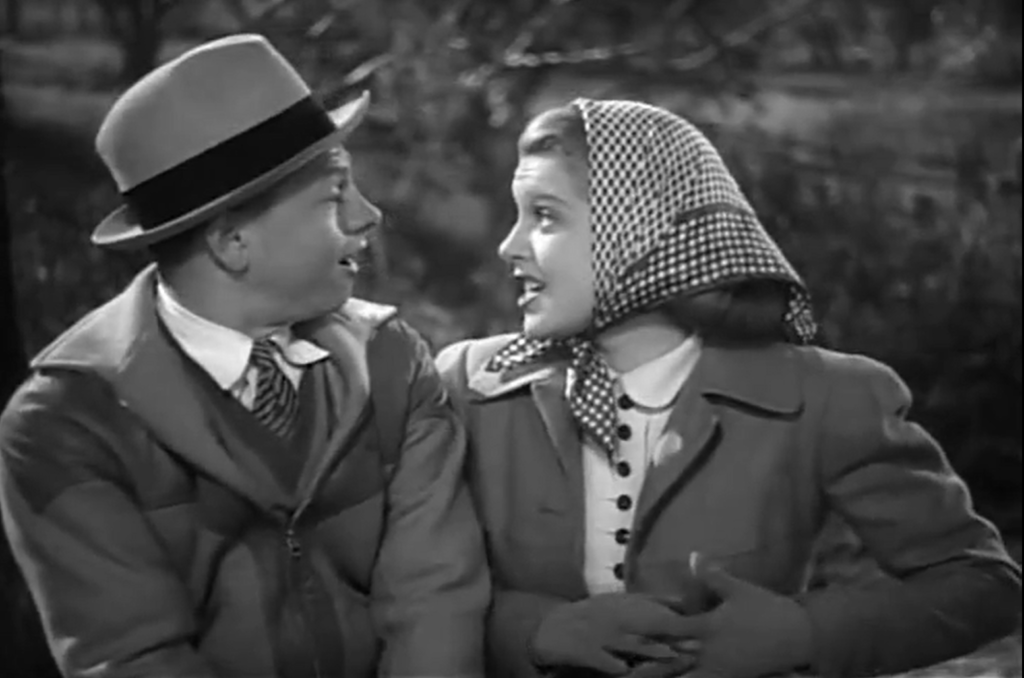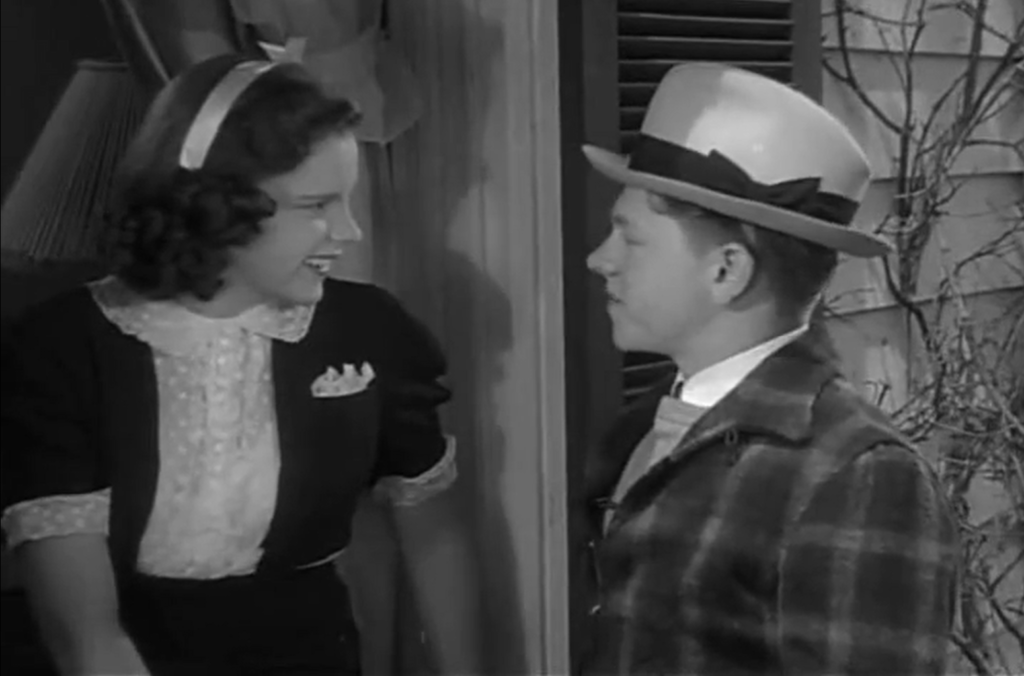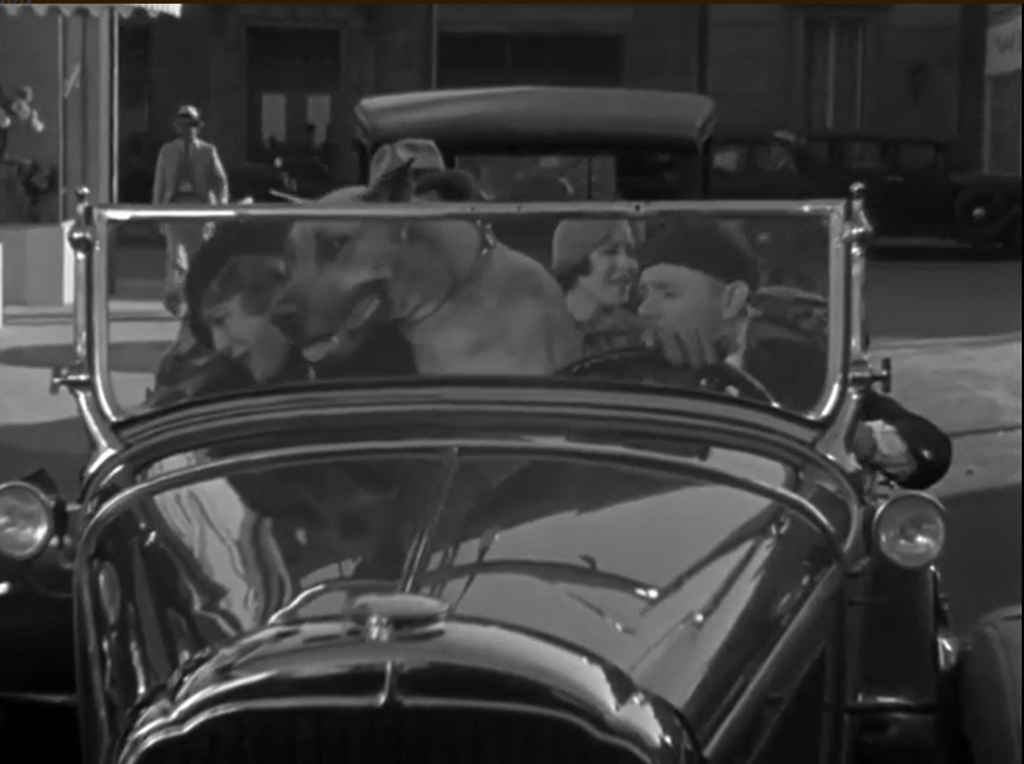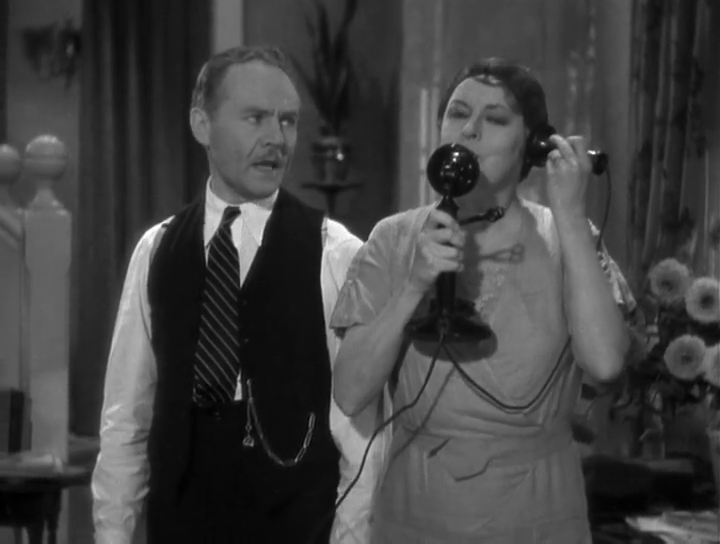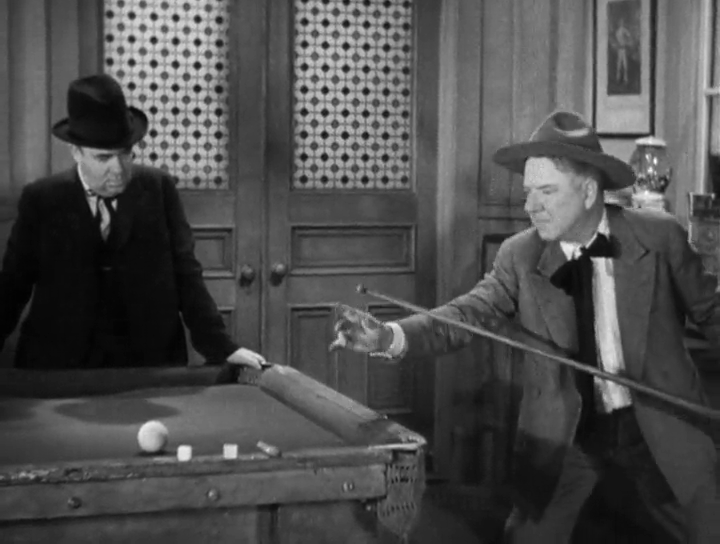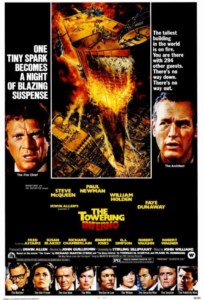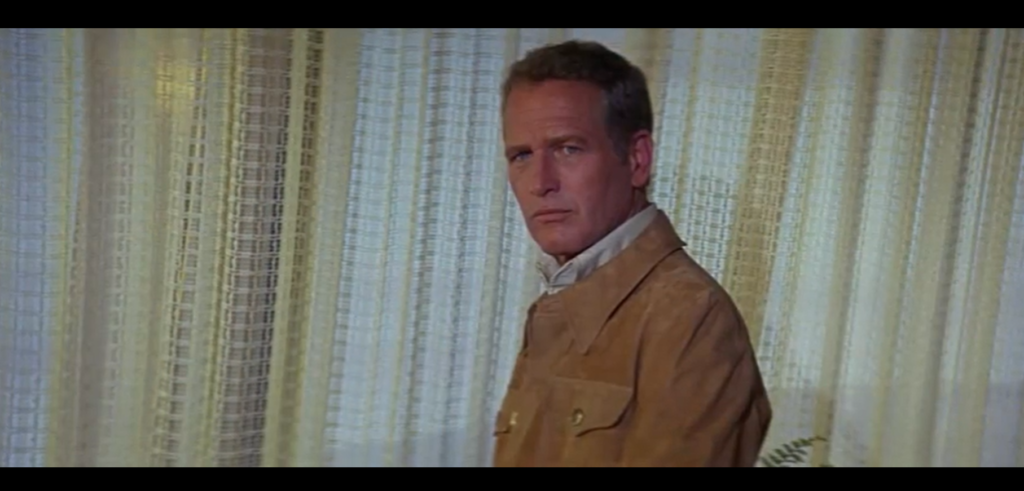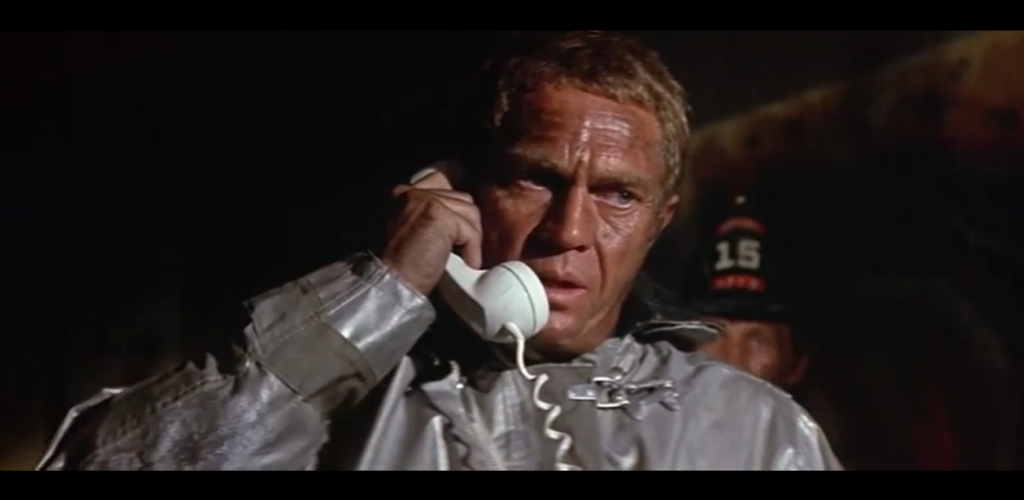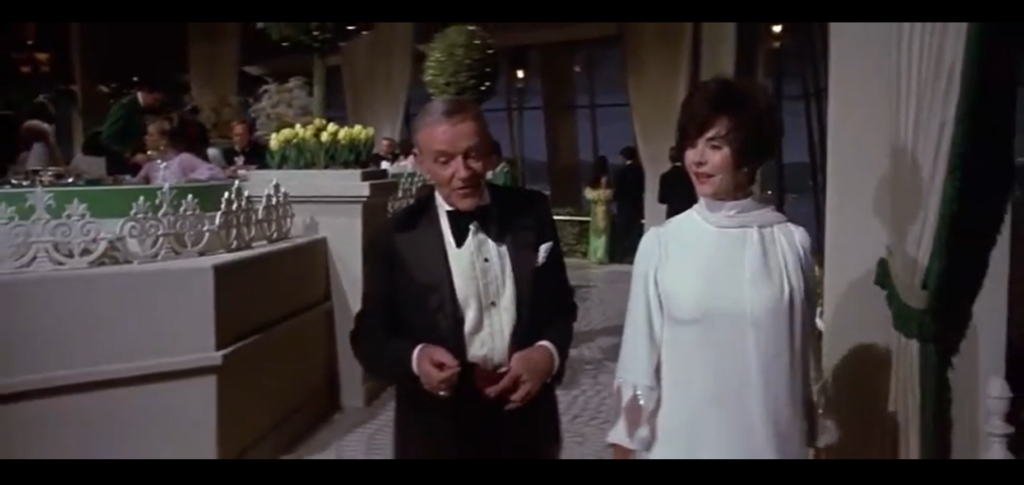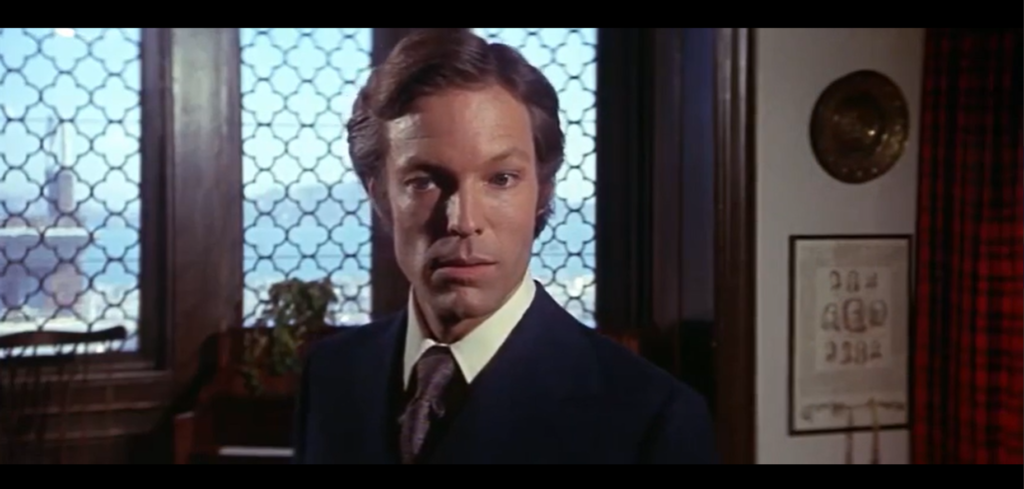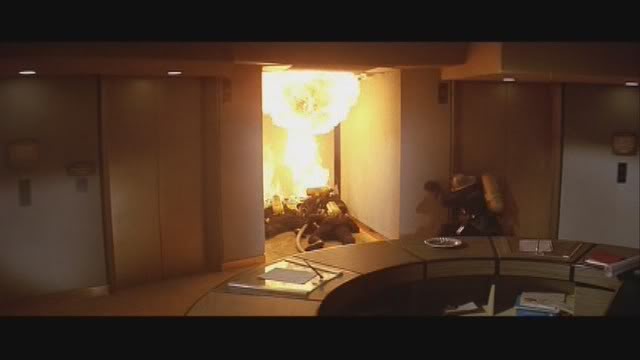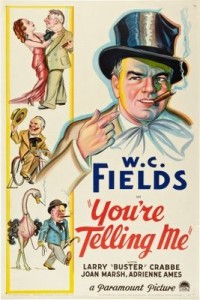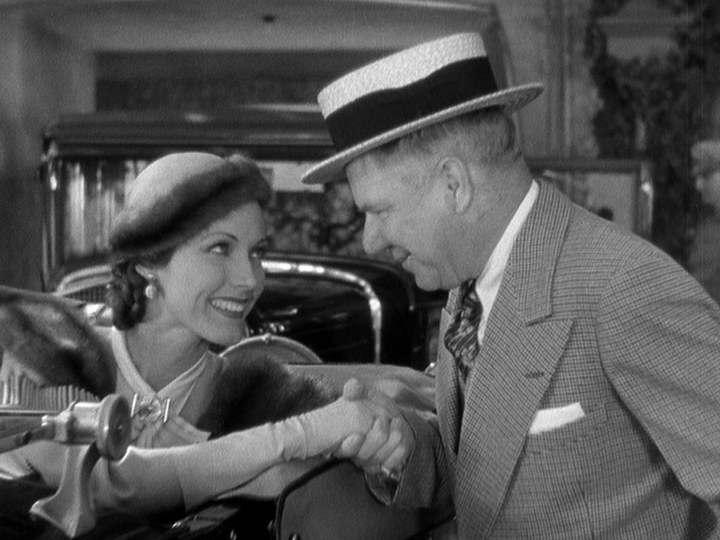|
Genres, Themes, Actors, and Directors:
- Aliens
- Antarctica and the Arctic
- Howard Hawks Films
- Science Fiction
- Scientists
Response to Peary’s Review:
Peary accurately notes that this “first of a handful of masterpieces that came out of the fifties sci-fi cycle… has lost none of its class and power”. An interesting mix of sci-fi and horror — with clear ties to the “Monster flicks” of the 1930s and 1940s — The Thing also possesses a healthy dose of screwball comedy, most notably during the interactions between the two romantic leads (Tobey and Margaret Sheridan). This element becomes less surprising when one learns that producer Howard Hawks “was more than [simply] an adviser” on the set; to that end, Peary points out numerous examples of his influence, including “rapid-fire overlapping dialogue; humor in the midst of turmoil; a male universe where men respect each other’s talents and rank; an intelligent, strong, funny woman (Margaret Sheridan) who’s passed the test and is allowed to pal around with the boys; a strong leader type (Kenneth Tobey) who’s a little befuddled by the woman pursuing him, but realizes that he needs her for his life to be complete; [and] men working together under pressure, with each — professionals all — contributing his singular skills to get the difficult task done”.
The Thing is notable as “the first sci-fi film to show opposing views of the military and scientists on how to deal with aliens”, given that “army men want to shoot them, [while] scientists want (foolishly) to communicate with them” — and it’s this tension that drives the narrative. In his Cult Movies 3 review of the film (where he argues that “to qualify as a true fan of the [sci-fi] genre, one must see this film many times”), Peary provides an even more extensive analysis of this dynamic. He notes that while we may “immediately distrust… Carrington, as we do most geniuses in horror and science fiction” — especially given that “he wears an insidious goatee and a Russian fur hat and fur-lined coat” — he’s not truly a villain, given that Tobey is never fully dismissive of the value provided by science. As Peary puts it, “Military strategy coupled with scientific application is a powerful combination”, and remains one of the film’s dominant themes (along with parallels drawn “between the Cold war and the Battle of the Sexes”, and the patriotic notion that “America’s armed forces can turn back any type of invasion” and “defeat any enemy”.)
Perhaps most impressive about The Thing is its pacing, which manages to feel both relentless and natural at the same time. From the very beginning — thanks to Charles Lederer’s smart, literate script — we believe that we’re watching a real crew of airmen heading to the North Pole (viz. the fascinating scene in which they all spread out across an ice field to assess how large the spaceship is). You may need an extra cup of coffee to keep up with the rapidfire dialogue, but it all feels refreshingly authentic. Meanwhile, as Peary argues, “the sustained tension” throughout the film is a “result of [both] the clever timing of shocks” and the incorporation of “horror-movie elements”, such as “when Tobey opens a door expecting to find the alien hiding in a room only to have it standing right in front of him”.
[To that end, my only minor quibble with the film is that the characters never seem quite scared enough; they’re having such a grand, confident time together that one never doubts they’ll come through with flying colors.]
It’s been noted — and was especially clear to me during this most recent viewing — how much of an influence The Thing seems to have been on Alien (1979). Indeed, the parallels are positively uncanny, given that they both present a group of diverse yet (supposedly) united individuals trapped in a confined space with a “seemingly indestructible alien”; diverging opinions on what exactly to do with said alien; and an ultimate emphasis on survival at all costs. A key difference, naturally, is that Alien features a rare female sci-fi heroine, while The Thing relegates its primary female presence to a supporting (if strong and impressive) role; it’s too bad Sheridan’s movie career never really went anywhere, as she’s quite memorable here in a potentially thankless role.
Redeeming Qualities and Moments:
- Plenty of genuine tension
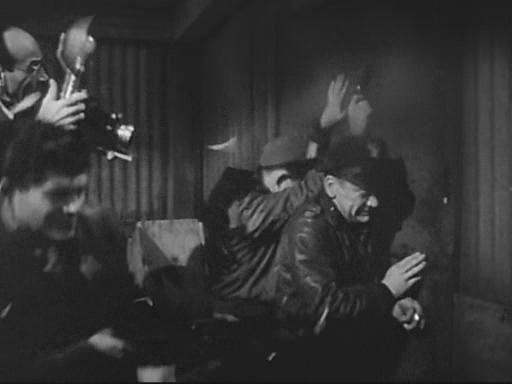
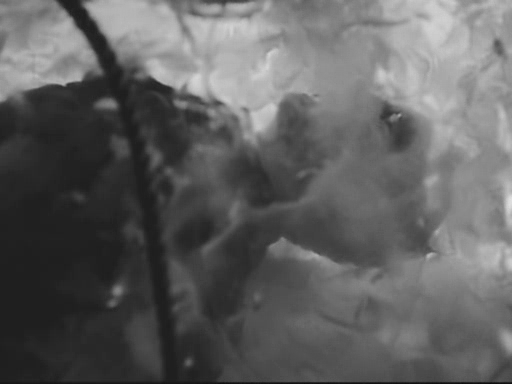

- A smart, surprisingly humorous script
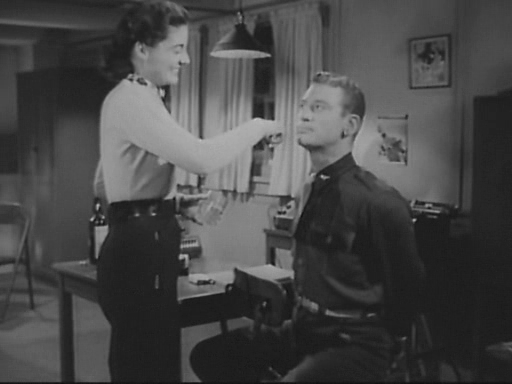
Must See?
Yes, as a genuine sci-fi classic. Nominated by Peary as one of the Best Pictures of the Year in his Alternate Oscars book, and discussed at length in his Cult Movies 3.
Categories
Links:
|
